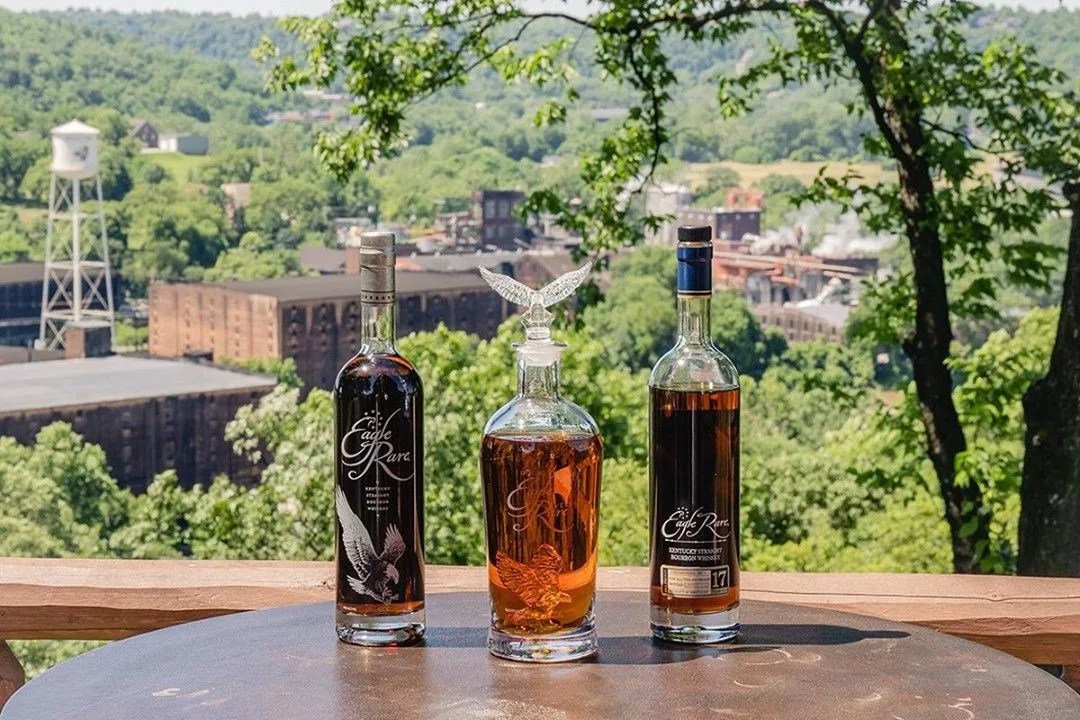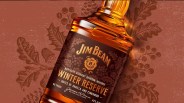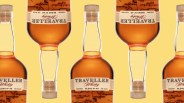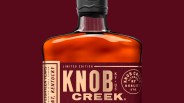Eagle Rare is a low-rye, low-proof bourbon made at Buffalo Trace’s Frankfort, Kentucky distillery. Aged for 10 years before bottling, it belongs to the Mashbill #1 family of bourbons at Buffalo Trace, just like E.H. Taylor Small Batch, Stagg Jr., the distillery’s namesake bourbon and others.
The whiskey has won numerous awards and remains one of the world’s most popular premium American whiskeys. Because of the mechanized single-barrel bottling process, it’s neither a vatted small-batch bourbon nor a single-barrel product, technically speaking. It’s also the foundation for collector favorites Eagle Rare 17-Year-Old and Double Eagle Very Rare.
At this point, speaking about whiskey price in terms of a bottle’s suggested retail price is somewhat naive. But, unlike some of the obscene gaps between real-world bottle value and MSRP — looking at you, Weller — the delta between Eagle Rare’s SRP and its common shelf price isn’t quite as egregious as other Buffalo Trace bourbons.
As such, it’s considered one of the distillery’s “gateway bourbons.”
The history of Eagle Rare
Sazerac, Buffalo Trace’s parent company, has owned the brand since 1989 and, apart from a short period of sourcing whiskey for the label after its initial purchase, has been producing Eagle Rare from its Frankfort, Kentucky distillery since (then known as the George T. Stagg distillery, later renamed Buffalo Trace Distillery).

Before 1989, Eagle Rare was made by Seagram’s at the Spanish Mission-style Lawrenceville, Kentucky distillery of Four Roses. Created by Kentucky Bourbon Hall of Fame inductee Charles L. Beam in 1975, it was one of the last new, premium bourbon brands introduced before the market for less premium spirits forced many bourbon makers to change tack.



